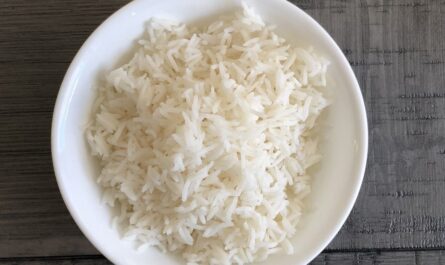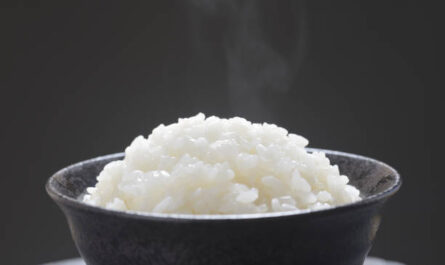For sushi aficionados, the texture of rice is a critical element that can make or break the overall experience. The presence of a hard center in rice grains can be a common concern among sushi lovers. This article delves into why rice grains may have a hard center, exploring its impact on sushi and sharing insights on achieving perfectly cooked rice.

What Causes the Hard Center in Rice Grains?
A hard center in rice grains can occur due to several factors, including the type of rice, cooking methods, and water content. Understanding these factors is essential for sushi enthusiasts who strive for the perfect texture.
The Role of Rice Type
Different varieties of rice have varying starch compositions, which influence the texture. Short-grain rice, such as the kind used in sushi, is known for its stickiness and soft texture when cooked correctly. For more insights on short-grain rice, visit this article from The Kitchn.
Cooking Methods That Affect Texture
The cooking method plays a pivotal role in determining the texture of rice. Insufficient water or improper heat distribution can lead to unevenly cooked rice with a hard center. For tips on achieving the perfect sushi rice texture, explore How much rice per roll on Sushi and Rice.
How to Prevent a Hard Center in Rice Grains
To avoid the occurrence of a hard center in rice grains, it is essential to follow precise cooking instructions and select the right type of rice for sushi. Here are some tips to help achieve the desired rice texture.
Optimal Water-to-Rice Ratio
Using the correct water-to-rice ratio is crucial. Typically, a 1:1 ratio is recommended for sushi rice, but this may vary slightly depending on the rice variety. Experimenting with slightly more water can help in achieving a softer texture.
Proper Cooking Techniques
Methods such as steaming or using a rice cooker can ensure even heat distribution and prevent the formation of a hard center. For more detailed cooking techniques, check out Yamadanishiki rice features.
The Impact of the Hard Center on Sushi
The texture of rice is a fundamental aspect of sushi, affecting both taste and presentation. A hard center in rice grains can detract from the sushi experience, but understanding its causes can lead to better sushi-making practices.
Texture and Flavor Balance
Sushi rice should be soft yet firm enough to hold its shape. The presence of a hard center can disrupt this balance, affecting the overall flavor and enjoyment of the dish.
Visual Appeal and Presentation
Evenly cooked rice contributes to the visual appeal of sushi. A hard center can cause rice to appear uneven and less visually appealing, which is significant for sushi presentation.

FAQs on Rice Texture for Sushi
Why does my sushi rice sometimes have a hard center?
A hard center can result from improper cooking methods or using the incorrect water-to-rice ratio. Adjusting these factors can help achieve the desired texture.
How can I ensure my rice is cooked evenly?
Using a rice cooker or following precise cooking techniques can help ensure even cooking and prevent a hard center. Refer to Sushi rice alternatives for detailed cooking guidance.
What type of rice is best for sushi?
Short-grain rice is typically recommended for sushi due to its stickiness and ability to hold together well. More information on rice types can be found in this Martha Stewart article.
This article contains affiliate links. We may earn a commission at no extra cost to you.




